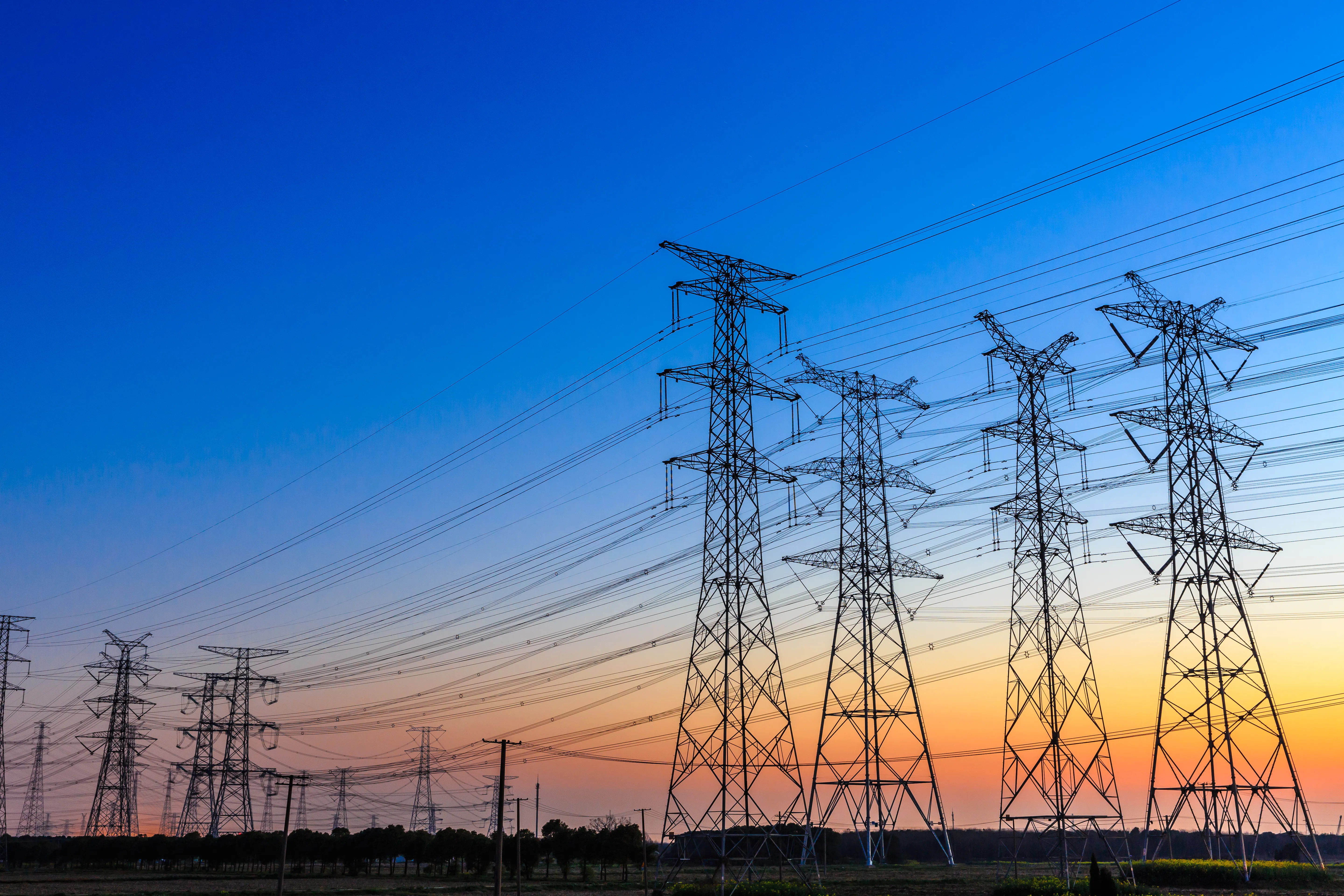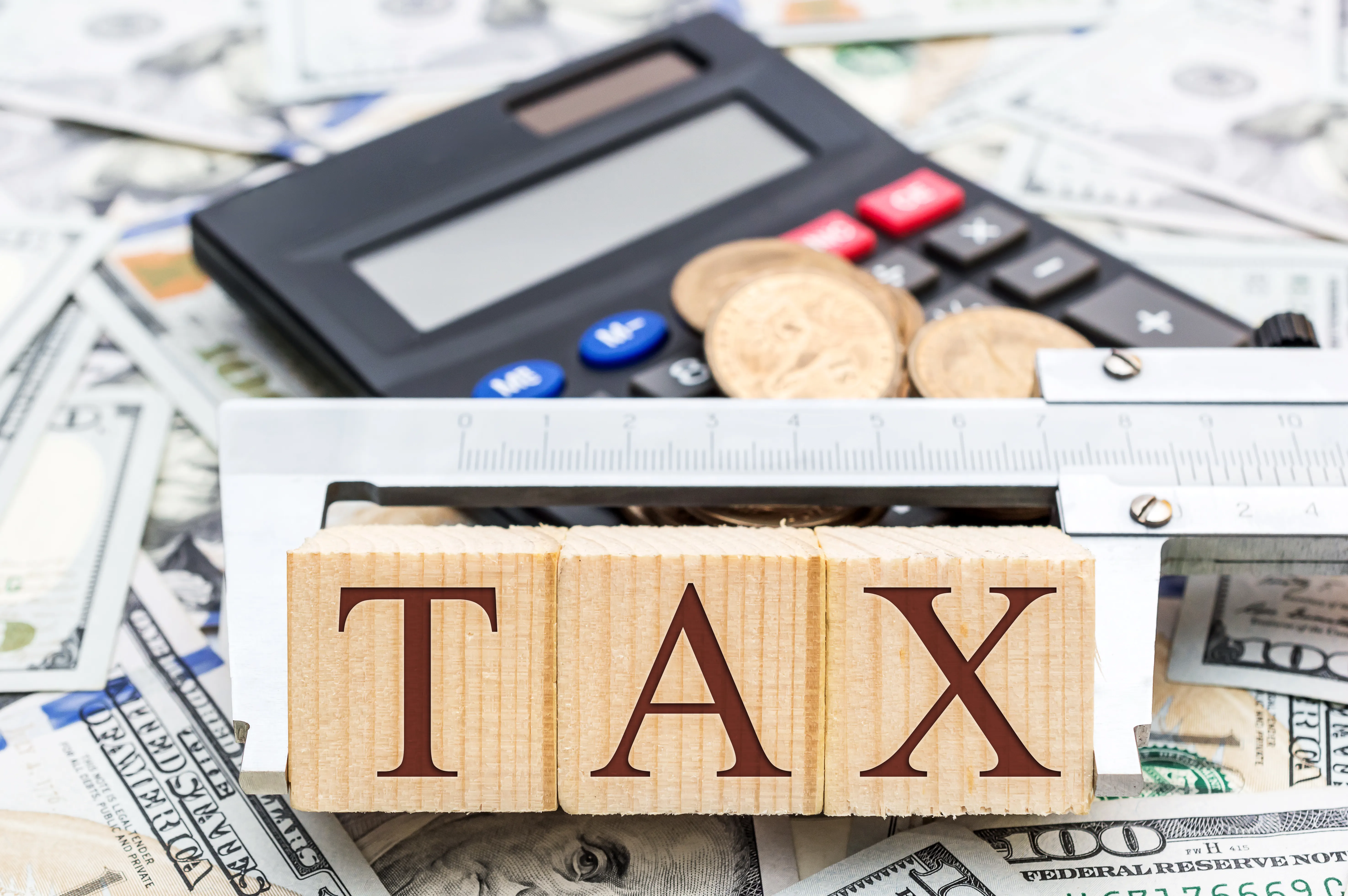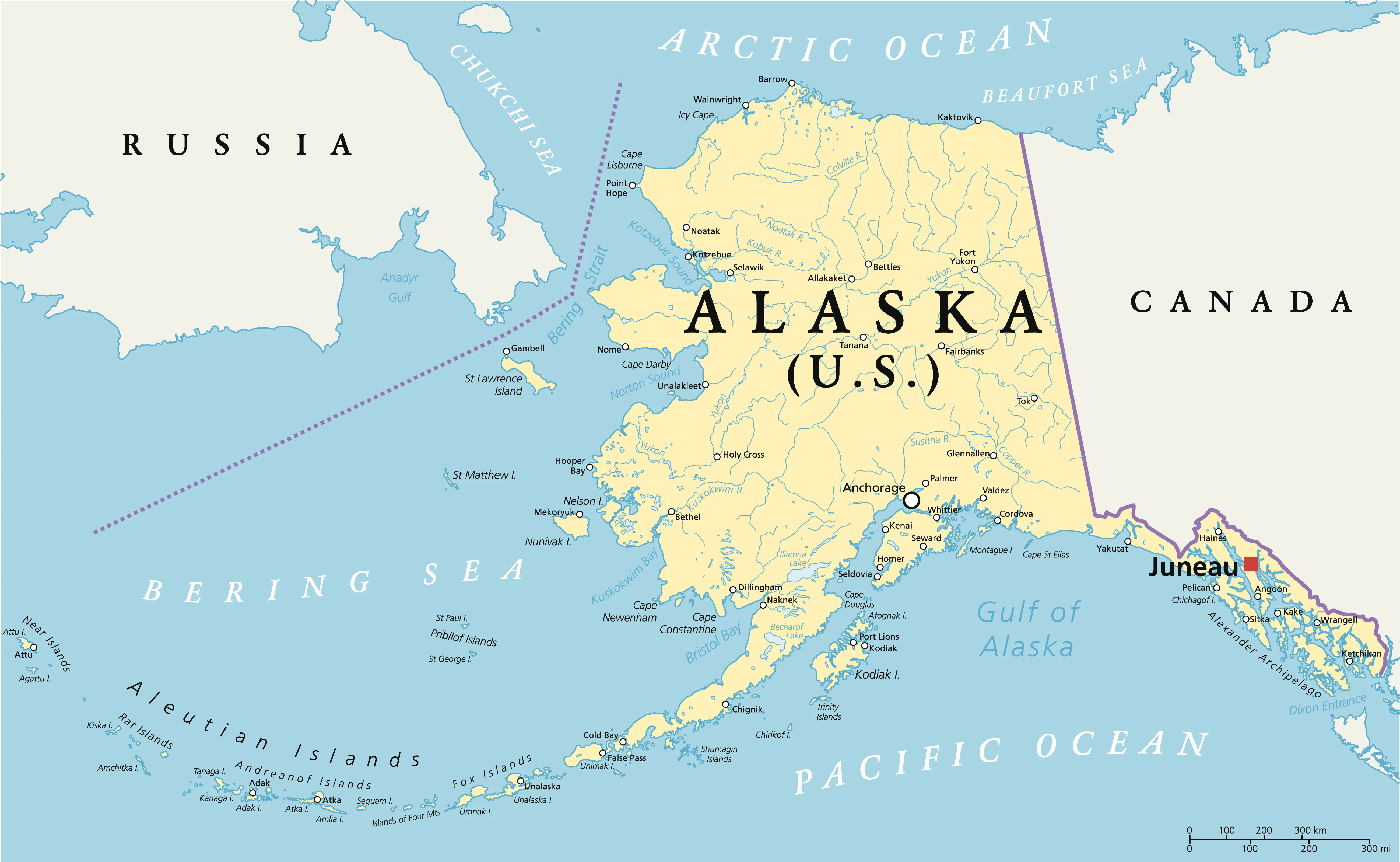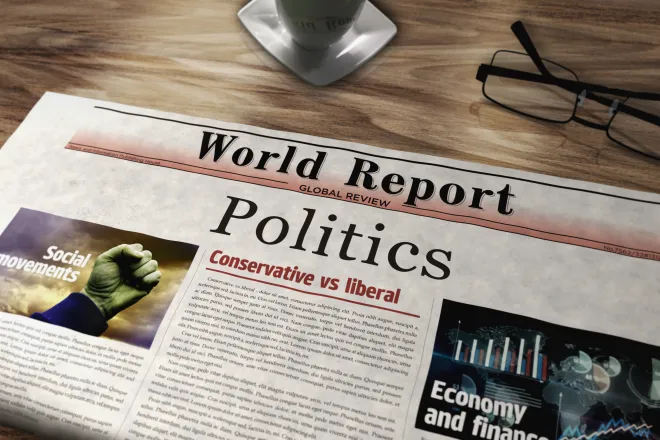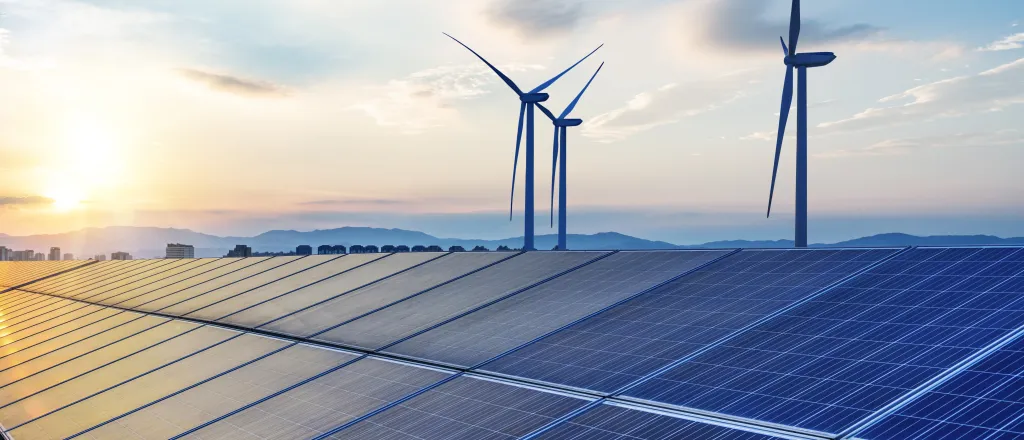
States scramble to complete renewable energy projects before tax credits expire
The abrupt termination of tax credits for clean energy projects is perhaps the most drastic blow that President Donald Trump has struck in his campaign against wind and solar electricity.

© iStock
As states brace for the uncertainty ahead, they are scrambling to get pending projects off the ground before the tax credits expire.
“The real opportunities are making sure that the projects in the queue make their deadline,” said Washington Democratic state Sen. Sharon Shewmake, who chairs the Senate Environment, Energy & Technology Committee. “Can we speed that up? Can we make that easier for them?”
Shewmake, and leaders in other states, say they’re focused on fast-tracking permitting decisions and working with regulators to ensure projects can connect to the grid.
“Ironically, one of the impacts of the phaseout is that there’s a rush to speed up the development of some projects in the short run,” said Warren Leon, executive director of the Clean Energy States Alliance, a nonprofit coalition of state energy agencies.
The tax credits were the linchpin for countless wind and solar projects in states aiming to get a large portion of their power from renewable energy. Leaders and advocates in those states say that renewable sources remain the best way to meet their electricity needs. But the loss of the tax credits could mean that residents pay more on their utility bills.
We still need to add electricity in this state, and wind and solar are still the cheapest way to do it.
– Pete Wyckoff, deputy commissioner of energy resources with the Minnesota Department of Commerce
“This will likely kill some projects,” said Matt Abele, executive director of the North Carolina Sustainable Energy Association, an industry-supported nonprofit that backs clean energy policy. “The financial scenario for these projects is built around tax credits that were intended to be in place until the 2030s.”
But once the dust settles, many officials expect state laws and market forces to continue driving the buildout of wind and solar.
“We still need to add electricity in this state, and wind and solar are still the cheapest way to do it,” said Pete Wyckoff, deputy commissioner of energy resources with the Minnesota Department of Commerce. “It’s a blow, but it doesn’t change our energy policy, it doesn’t change what is economically the right thing to do. But it’s a big hit to our ratepayers.”
Tax credits axed
Under the Inflation Reduction Act, which President Joe Biden signed in 2022, developers received a 30% tax credit for investments in zero-emission energy projects, along with a production credit of up to 2.75 cents for every kilowatt-hour of clean electricity generated by the projects. Those tax credits were slated to extend into the 2030s.
State officials and renewable energy industry leaders say the credits have been a major driver in the nation’s rapid buildout of wind and solar, along with corresponding growth in manufacturing jobs.
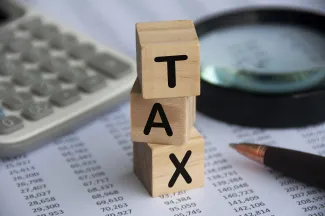
© Jerome Maurice - iStock-1426962165
But the giant domestic policy measure Trump signed on July 4 abruptly ended those tax credits. Under the new law, projects must be up and running by the end of 2027 to qualify for the credits, or start construction by July 4, 2026. Projects that begin construction after that date must be operational by the end of 2027.
Trump has falsely claimed that wind and solar are “expensive and unreliable,” and has at the same time worked to boost fossil fuel production. He has also taken aim at the fact that some renewable energy components are manufactured overseas, calling it a national security threat.
“Projects in early to mid-stage development are deeply in danger if not completely cut off,” said Harry Godfrey, managing director with Advanced Energy United, an industry group focused on energy and transportation. “This administration is finding a variety of ways to pull the rug on wind and solar.”
While there may be a short-term burst of projects before the credits expire, the landscape becomes much more uncertain after that.
“Certainly there will be some projects that are canceled, but the bigger issue is going to be new projects that don’t get started because of the unfavorable environment for them,” said Leon, of the Clean Energy States Alliance.
A slower, costlier transition
Industry leaders say it’s too early to tell just how drastically the loss of the tax credits will slow their deployment of wind and solar. But they say states remain committed to laws that mandate a transition to clean energy. And building fossil fuel power, such as natural gas plants, is still slower and more costly.
“You don’t build a natural gas plant overnight, and there are real supply chain constraints — you can’t even get the parts,” said Amisha Rai, senior vice president of advocacy with Advanced Energy United.
Rai and others noted that the country is seeing a surge in demand for new electricity, driven by the electrification of vehicles and buildings, as well as growth in data centers to support technologies like artificial intelligence.
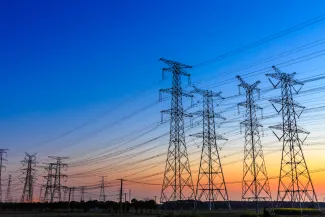
© zhaojiankang - iStock-802436842
“Market forces are going to continue to drive development of clean energy, the primary market force being significant demand for new electricity,” said Abele, with the North Carolina group. “It’s not going to come from natural gas, given that turbines are on back order through 2029. Solar, wind and battery storage are the quickest ways to add electrons to the grid.”
Clean energy backers said Trump’s efforts to block solar and wind undermine his “energy dominance” agenda at a time when more power is needed. Ultimately, they believe the loss of the tax credits will cause higher electricity bills.
“Just by the law of supply and demand, if you have growing demand and you don’t have growing supply to keep up with it, that’s going to lead to higher prices,” Leon said.
According to a report from Energy Innovation Policy & Technology, a nonpartisan think tank, the loss of the tax credits could increase electricity rates 9-18% by 2035, raising household energy costs by $170 annually.
Godfrey, the industry advocate, said that wind and solar projects may be canceled once the tax credits expire. But many of those same projects may be revived as rising electricity prices make their costs more viable.
Analysts have noted that the clean energy boom brought on by the Inflation Reduction Act has largely benefited Republican-led states. But some lawmakers fear that developers will now focus their investments on Democratic states, where laws mandating a transition to renewable sources provide more market certainty.
“We’ll probably see more of the investment go towards blue states that have those sorts of mandates,” said Utah state Sen. Nate Blouin, a Democrat. “That’s a loss for states like Utah, where we were seeing good new tax revenue, and agriculture folks making supplemental income [from wind and solar projects].”
Lawmakers in states that do have mandates say they’re still committed to meeting their goals.
“When I heard that the Inflation Reduction Act was going to be repealed, I was devastated,” said Shewmake, the Washington senator. “But then I started to look at the economics of the situation, and you realize this transition is going to happen. The federal government can slow it down, but this fight isn’t lost.”


